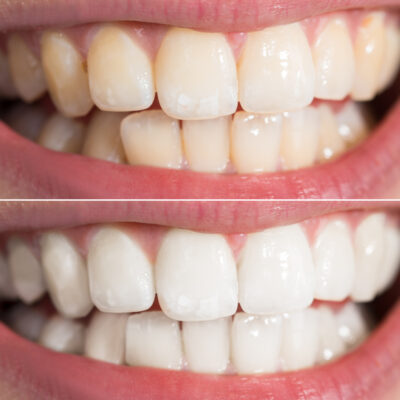
How to Treat Pancreatic Cancer
There are many options in the treatments for pancreatic cancer. The most common options are surgery and chemotherapy. While surgery is an option in the earlier stages, chemotherapy becomes necessary if the cancer has metastasized. Treatments for pancreatic cancer through surgery and chemotherapy are discussed in this article. The effectiveness of the treatment depends on the stage of cancer and the general health of the patient, as follows:
1. Surgery
Surgery is one of the most common treatments for pancreatic cancer. Surgery can be curative, where it is used to resect or remove cancer. It can also be palliative in form, where it helps to control the spread of cancer. Around 20% of pancreatic cancers are resectable. Surgery can be used to remove the tumor. If the cancer is diagnosed as borderline resectable, then surgery is possible after first treating it through other treatments. If the cancer has spread to the blood vessels, then surgery is complicated, and specialized care is needed. There are different types of surgeries that serve as treatments for pancreatic cancer. They are:
2. Distal pancreatectomy
In this procedure, only the tail of the pancreas is removed. This treatment is possible only if cancer is at an early stage. Along with the tail, the spleen may also be removed.
3. Whipple procedure
Known as pancreaticoduodenectomy, the head of the pancreas is removed in this procedure. Parts of the stomach, intestine, bile duct, and gallbladder may also be removed if cancer has spread to these areas. The organs are then reconnected to ensure the normal working of the digestive system.
4. Complete Pancreatectomy
In this surgery, the entire pancreas is removed, along with the spleen. This procedure is not very common nowadays.
5. Laparoscopic Surgery
Traditional surgery is open, involving an incision that is made to carry out the surgery. Nowadays, laparoscopy or keyhole surgery is popular. Here, small keyhole incisions are made. A laparoscope, consisting of the surgical instruments and a camera is inserted. The surgeon would be able to understand the extent of the tumor, and then carry out surgery using the laparoscope. While starting the surgery, if the surgeon finds out that the tumor has spread to the stomach, then the removal of the tumor is usually not done.
6. Chemotherapy
In many cases, pancreatic cancer cannot be surgically removed. In such a case, chemotherapy is the preferred treatment. Drugs are administered to destroy cancer cells. A schedule is drawn up, and the medicines are administered in doses over a period. Chemotherapy can be used to shrink cancer cells, after which surgery is carried out. It may also be used along with other therapies, like radiation therapy. Chemotherapy drugs may be administered by injecting into the veins or in the form of an oral drug.
The drugs used for chemotherapy are powerful and have many side effects. Hair loss, nausea, digestive problems, mouth sores, rashes, fatigue, frequent infections, and anemia are some of the side effects of chemotherapy. In the advanced stages of cancer, chemotherapy is used not to treat cancer, but to extend the life of the patient. At this stage, chemotherapy is aimed at reducing the size of the tumor and trying to stop it from growing. It can help in extending the survival chances of the patient.


